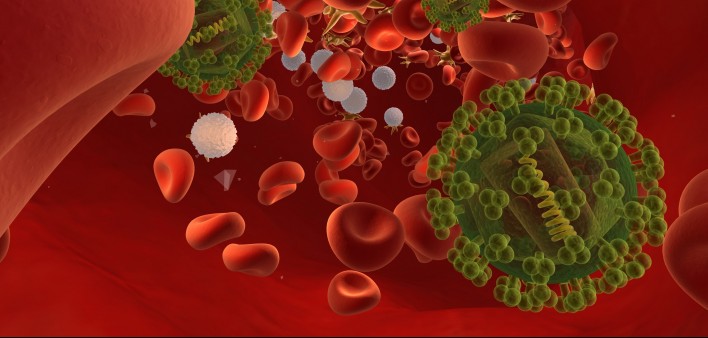Even when people with HIV have an undetectable viral load thanks to antiretroviral (ARV) treatment, the virus still replicates in the lymph nodes, which helps replenish the viral reservoir. Publishing their findings in the journal Nature, researchers collected lymph node and blood cells from three HIV-positive individuals before the individuals started ARVs and during their first six months on treatment.
The researchers sequenced the viral DNA from these cells, and found that while the virus did evolve over time, it did not develop mutations that would make it resistant to ARVs. They concluded that the virus was replicating at a high enough rate to replenish the viral reservoir, despite the study participants’ undetectable viral loads.
The investigators then used a mathematical model to explain how the virus could replicate but not develop drug resistance. They concluded that when the concentration of ARVs is low, the dominant strains of virus will be sensitive to treatment. When ARVs are at an intermediate level, drug-resistant strains become dominant. When ARVs are at high concentrations, the virus cannot replicate. Given these conclusions, the researchers stress the importance of finding ways to deliver effective levels of ARVs into the lymphoid tissues. Such developments could help HIV cure efforts.
To read a press release about the study, click here.
To read the study abstract, click here.

Thinkstock






1 Comment
1 Comment